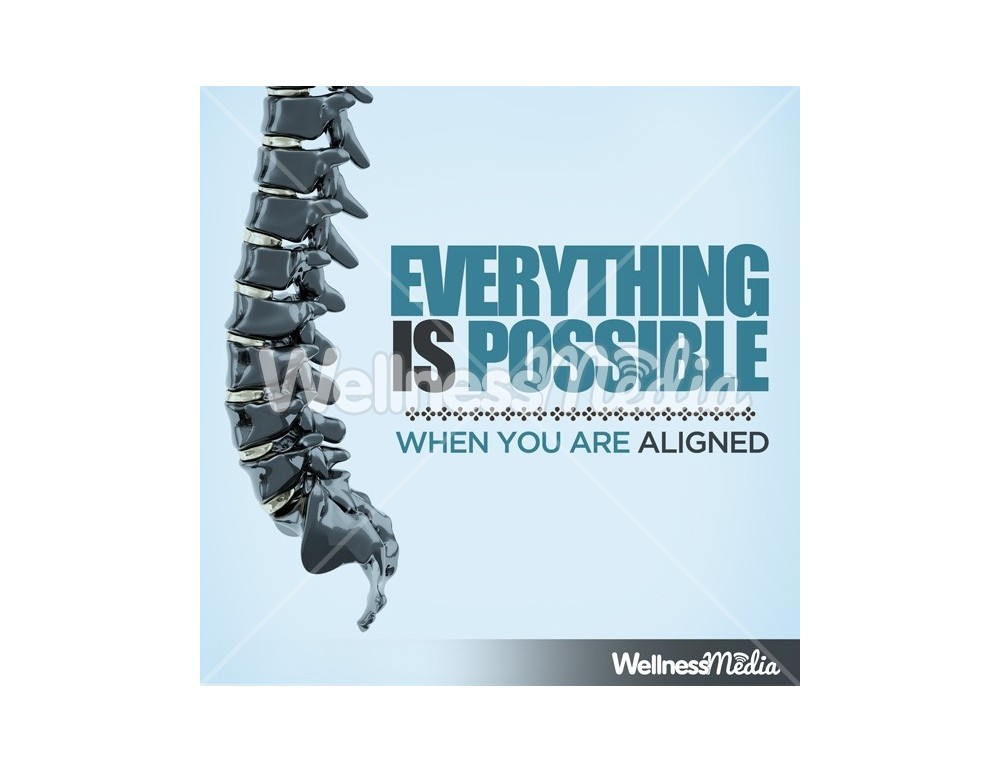Cold Laser Therapy: Myths Vs. Facts
Cold Laser Therapy: Myths Vs. Facts
Blog Article
Article Produced By-Brady Ebsen
You might have heard clashing details about cold laser therapy, wondering what holds true and what's not. As you evaluate the misconceptions against the facts, it's essential to separate misunderstandings from clinical proof. Comprehending the advantages and prospective risks can help you make educated decisions about integrating this innovative treatment into your medical care routine.
Common Misconceptions
Typical misunderstandings about cold laser therapy can bring about confusion and skepticism among patients seeking alternative therapies. One widespread misconception is that cold laser therapy includes the use of harmful radiation. Actually, cold laser treatment makes use of low-level laser light that doesn't produce warmth or trigger damage to cells.
An additional misunderstanding is that cold laser therapy is painful, when actually, it's a non-invasive and pain-free procedure. Some people also believe that cold laser treatment is just reliable for surface-level problems, such as skin disease. Nevertheless, Related Site has shown its effectiveness in treating a vast array of conditions, consisting of bone and joint injuries and persistent pain.
Furthermore, there's a misconception that cold laser therapy produces prompt results after a solitary session. While some individuals might experience relief after one therapy, a collection of sessions is normally recommended for ideal outcomes. By resolving these mistaken beliefs, patients can make enlightened decisions about incorporating cold laser treatment into their health care regimen.
Scientific Proof
Misunderstandings concerning cold laser therapy can be resolved by examining the scientific proof sustaining its efficiency. Countless studies have explored the performance of cold laser treatment in different clinical problems, such as pain management, tissue repair work, and swelling reduction. Study has actually revealed that cold laser therapy can help accelerate the recovery procedure by advertising cellular repair service and improving blood flow in the targeted area.
In a research published in the journal Discomfort Study and Administration, scientists discovered that cold laser treatment substantially lowered discomfort levels in clients with chronic neck discomfort compared to a placebo therapy.
Another study in the Journal of Rheumatology demonstrated the favorable impacts of cold laser treatment in minimizing inflammation and enhancing joint feature in individuals with rheumatoid joint inflammation.
Benefits and Risks
What're the potential benefits and threats related to cold laser therapy?
Cold laser therapy uses different benefits such as decreased inflammation, pain alleviation, and accelerated cells fixing. By promoting cellular feature and flow, it can aid in healing injuries, reducing swelling, and boosting variety of movement. Additionally, this non-invasive therapy is often quick, painless, and needs no downtime, making it a hassle-free choice for many individuals.
Nevertheless, like any clinical treatment, cold laser treatment does come with some risks. While laser therapy quit smoking , potential adverse effects might consist of moderate tingling, short-term skin irritability, or a minor increase suffering. see this to ensure that the treatment is provided by a certified healthcare professional to decrease any damaging effects and maximize the advantages.
Additionally, cold laser therapy may not be suitable for everybody, specifically people with specific clinical conditions or expectant ladies, so talking to a healthcare provider prior to beginning therapy is important to identify its suitability for your particular circumstance.
Conclusion
To conclude, cold laser treatment is a safe and effective therapy choice for bone and joint injuries and chronic pain conditions, regardless of typical misunderstandings.
Scientific evidence supports its benefits in decreasing inflammation, accelerating cells fixing, and boosting mobile feature.
While numerous sessions may be needed for ideal results, the non-invasive nature of cold laser therapy makes it a valuable healing alternative for those seeking pain monitoring and recovery.
